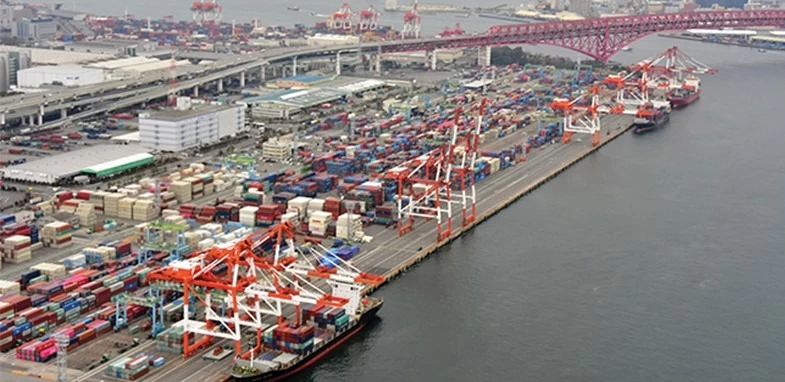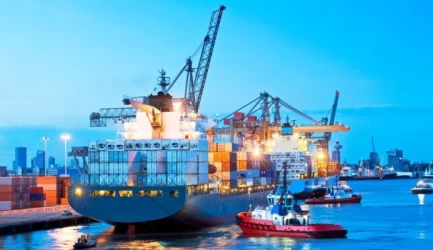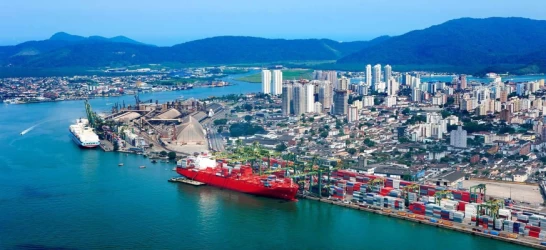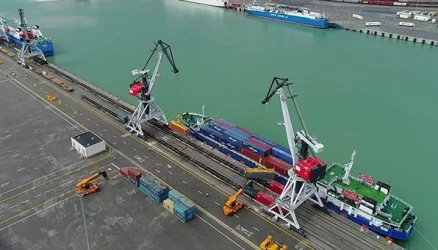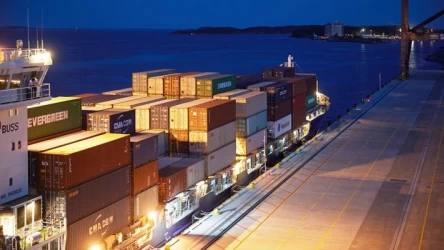Sea Freight in the Port of Osaka
The Port of Osaka, located in the Kinki region near Osaka Bay, is one of Japan’s most significant maritime hubs. It plays a crucial role in both domestic and international trade, handling a vast array of cargo types and connecting Japan with over 140 countries worldwide.
Historical Background
The Port of Osaka has a rich history dating back to ancient times when it served as a vital point for trade and cultural exchange. Over the centuries, it has evolved into a modern, sophisticated port equipped with state-of-the-art facilities to handle the demands of contemporary sea freight.
Port Structure and Facilities
The port is divided into several key areas:
- Inner Harbour: Comprising Areas Nos 1-3, this section handles a variety of cargo types.
- South Harbour: Known as Area No 4, it is pivotal for bulk and liquid cargo.
- North Harbour: Encompassing Areas Nos 1-6, it includes 13 dedicated container berths.
The port boasts more than 70 berths, including specialized facilities for container, liquid, passenger, dry dock, and break or dry bulk cargo. The largest vessel to dock here was the “Queen Elizabeth II,” highlighting the port’s capacity to handle significant maritime traffic.
Cargo Handling and Trade Volume
The Port of Osaka handles approximately 81 million tons of cargo annually, including 35.7 million tons of container cargo and 49.8 million tons of ferry goods. This impressive volume underscores its importance in global trade networks. The port also facilitates the movement of nearly 2 million TEUs (twenty-foot equivalent units) each year.
Key Commodities
The port manages a diverse range of cargo, including:
- Coal and Bulk Cargo: Essential for Japan’s energy and manufacturing sectors.
- LPG and Crude Oil: Vital for the country’s energy needs.
- General Cargo: Encompassing a wide variety of goods from different industries.
- Bananas: A notable import, reflecting Japan’s food trade dynamics.
Technological Advancements
The Port of Osaka has embraced technological advancements to enhance its operational efficiency. Modern container handling equipment, automated systems, and advanced logistics solutions ensure smooth and efficient cargo movement. These innovations help reduce turnaround times and improve overall productivity.
Environmental Initiatives
In line with global trends, the Port of Osaka is committed to sustainable practices. Efforts include reducing carbon emissions, implementing green technologies, and promoting eco-friendly shipping practices. These initiatives are crucial for minimizing the environmental impact of maritime activities.
Strategic Importance
The port’s strategic location in the northeast corner of Osaka Bay, between the Kanazaki and Yamatogawa Rivers, makes it a pivotal point for maritime traffic. Its proximity to other major ports like Kobe and its integration into the Hanshin Port network further enhance its significance.
Future Prospects
Looking ahead, the Port of Osaka is poised for continued growth. Plans for expanding its facilities, enhancing technological capabilities, and strengthening trade links with emerging markets are underway. These developments will ensure that the port remains a key player in global sea freight for years to come.
Sea Freight Between Osaka and Iran
Sea freight between the Port of Osaka and Iran plays a crucial role in facilitating trade between Japan and Iran. This route enables the exchange of a wide variety of goods, including industrial machinery, electronics, and automotive parts from Japan, and oil, petrochemicals, and agricultural products from Iran. The efficient handling facilities at the Port of Osaka, combined with Iran’s strategic location and its ports like Bandar Abbas, ensure smooth and timely transportation of goods. This maritime connection not only strengthens economic ties but also fosters cultural and technological exchanges between the two nations.
Conclusion
The Port of Osaka stands as a testament to Japan’s maritime prowess. Its extensive facilities, strategic location, and commitment to innovation and sustainability make it a cornerstone of global trade. As it continues to evolve, the port will undoubtedly play an even more significant role in shaping the future of sea freight.
if you have a specific question or need more details about Osaka Port, Iran's logistics experts are your answer!

